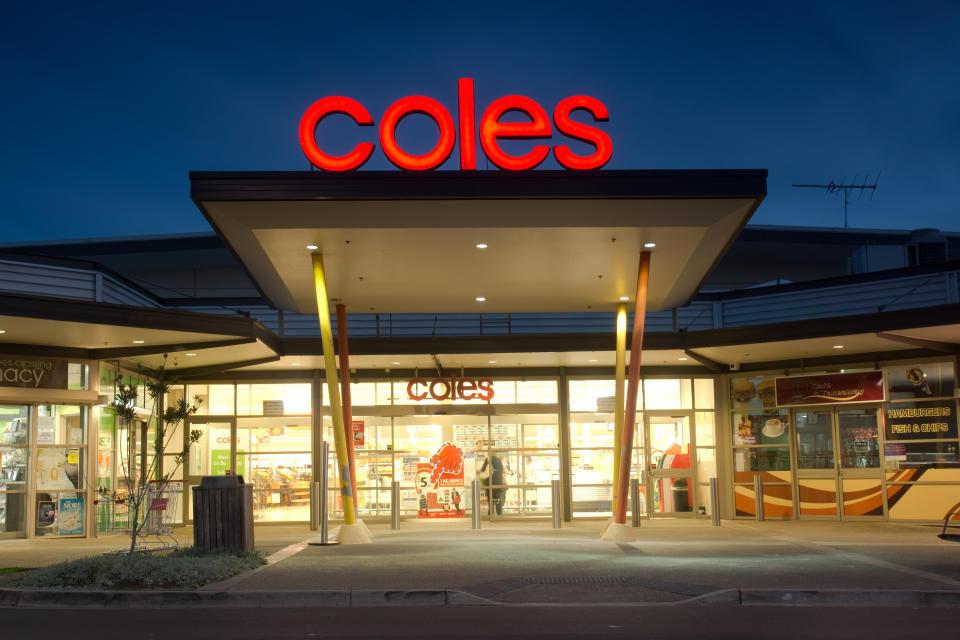Recession 2020: What will happen to the cost of living?

The widespread impact of the coronavirus outbreak continues to put pressure on Australia’s economy with the Federal Budget recording this biggest deficit since WWII. Businesses are closing down, wages are cut, but what does this mean for our cost of living?
What is a recession and is Australia in one?
A recession is a decline in economic activity, which means businesses and individuals are spending less money.
Also read: How to save $1,400 during the recession
Also read: What Australia's 'historic' savings rate means for the recovery
In Australia, a recession is generally defined by contractions in economic growth over two consecutive quarters. Some economists also consider no economic growth over 12 months, or a 1 per cent increase in the unemployment rate, as a recession.
Australia’s economy has plunged into its first recession in nearly 30 years thanks to the economic fallout of the global pandemic.
In early September, Australian Bureau Statistics figures showed that the nation’s gross domestic product (GDP) shrank 7 per cent over the June quarter, which represents the biggest fall since records began back in 1959 and the second consecutive quarterly contraction in GDP. This is the worst economic growth in 61 years, and follows a 0.3 per cent decline in GDP across the March quarter.
So, what is the cost of living in Australia?
The cost of living can vary depending on the makeup of your household, but below is a general example of monthly costs according to the Household Expenditure Method (HEM) calculator, which include the cost of monthly mortgage repayments based on average Australian house prices:
Living cost in Australia for one person: $2,835 per month
Average living expenses for a couple: $4,118 per month
Average monthly living expenses for a family of 4: $5,378
What does the coronavirus recession mean for the cost of living?
While newly-implemented income tax measures in this year’s Budget will go some way to assist with cost-of-living pressures, believe it or not, we could actually expect the cost of living in Australia to go up.
Why?
Call it the ’coronavirus tax’.
Aussies hoarding necessities such as toilet paper, dry food and hand sanitiser has driven Australia’s inflation on some products to record highs.
While ABS statistics for the June quarter show the overall consumer price index (CPI) has fallen 1.9 per cent, which is the largest quarterly fall in the 72-year history of the CPI, that is largely attributable to free childcare, a fall in pre-school and primary education and a drop in the price of petrol over the quarter the pandemic hit.
But if those factors are excluded, the CPI would actually have recorded a 0.1 per cent increase over the quarter.
The fact some products were under such high demand has driven prices up significantly. Cleaning products jumped 6.3 per cent, prices of other household items and toilet paper was up 4.5 per cent, furniture prices rose 3.8 per cent and household appliances and audio, visual and computing equipment prices jumped 3.0 and 1.8 per cent respectively.
Combine this with restrictions on travel, pressures on goods transportation and less overseas imports has the potential to push prices for some groceries and products even higher as businesses look to pass on costs to their customers.
And off the back of last year’s drought and bushfire season, prices of fresh fruit and vegetables were already expected to be driven up.
In fact, just last month Just last month Coles’ annual results confirmed a 2.4 per cent price hike on goods for the 2019-20 financial year, much faster than the 0.8 per cent rise the year before, and well ahead of the wage price index which hit a record low of 1.8 per cent in the most recent year.
“Inflation in the fourth quarter was driven by cost inflation, lower product availability, and mix impacts,” Coles said in its financial report.
“Cost inflation was largely a result of increases in tobacco due to excise, dairy following milk cost price increases earlier in the year, and vegetables, with some lines impacted by weather conditions such as drought, bushfires and storms.”
Similarly, Woolworths recorded an average price increase of 1.4 per cent across the same period, with 2.4 per cent growth in the fourth quarter thanks to increases in grocery and fresh categories including Vegetables and Meat driven by unfavourable growing conditions and livestock cost increases. Fourth quarter inflation was also impacted by lower promotional activity at the beginning of the quarter to prioritise the supply of essential products to stores.
Household spending has plummeted as Aussies focus on savings
Even though inflation is on the increase, goods prices are climbing, free childcare has all but finished and the end of the mortgage holiday is on the horizon, household spending has fallen off a cliff.
In the June quarter, ABS statistics show household spending fell a record 12.1 per cent, detracting 6.7 percentage points from GDP. Household expenditure fell 2.6 per cent for the 2019/20 financial year, the first annual fall in recorded history as Aussies focus on saving as much as they can in order to prepare amid the fear of economic uncertainty.
Make your money work with Yahoo Finance’s daily newsletter. Sign up here and stay on top of the latest money, news and tech news.
Follow Yahoo Finance Australia on Facebook, Twitter, Instagram and LinkedIn.


